Listen, we get it. Things happen sometimes and your pet gets into things when you aren’t looking resulting in a bone, string, or some abnormal object being ingested. This can lead down the path to an expensive surgery. For this month’s post, we are going to talk about foreign body obstructions and what you as a client need to watch out for as well as work on preventing a future vet visit.
Foreign bodies can come in many shapes and sizes depending on the size of the dog or cat and how much of material they swallow. Some examples of foreign bodies I’ve seen so far have included grapevine tomatoes, bones, impacted wood chips, rocks, work gloves, socks, and pacifiers just to name a few. Clinical signs of a foreign body obstruction can include lethargy, vomiting, inappetence, drooling and minimal stool production.
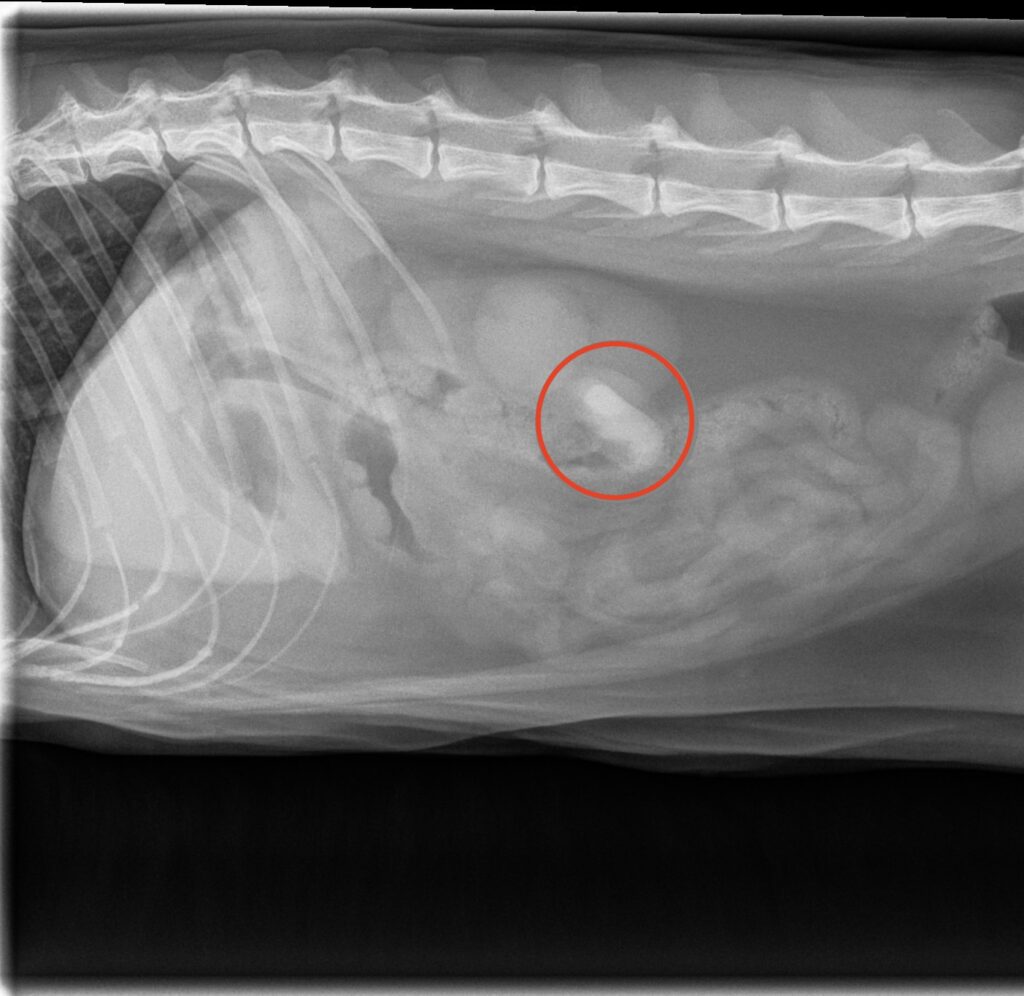
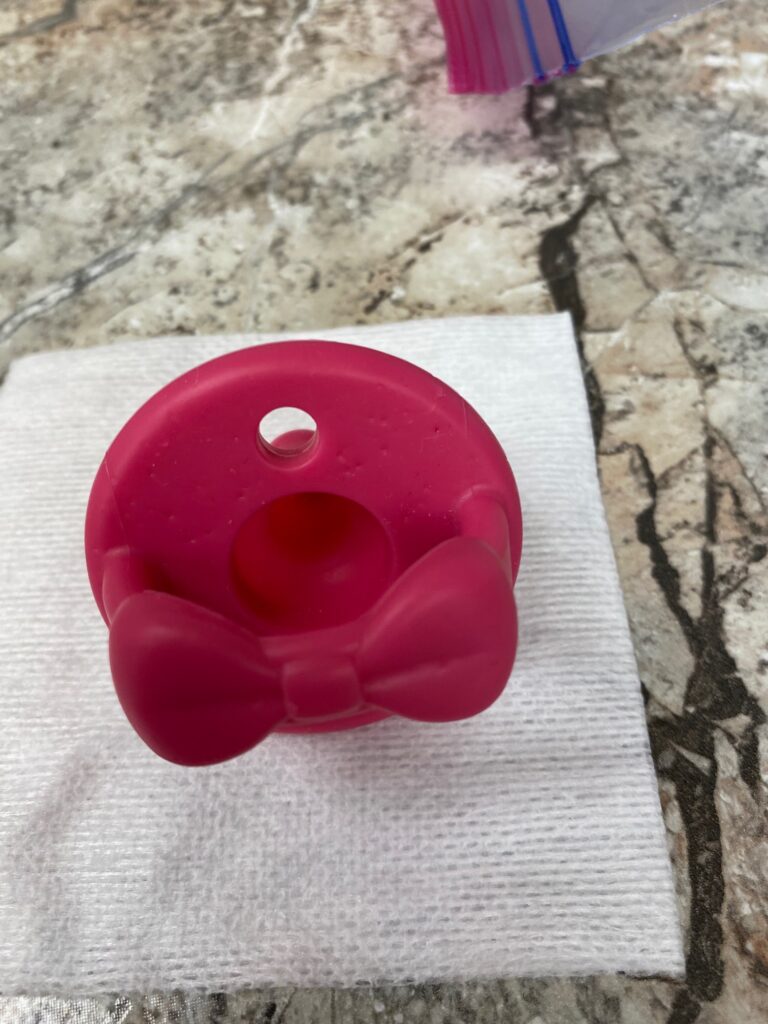
looks like
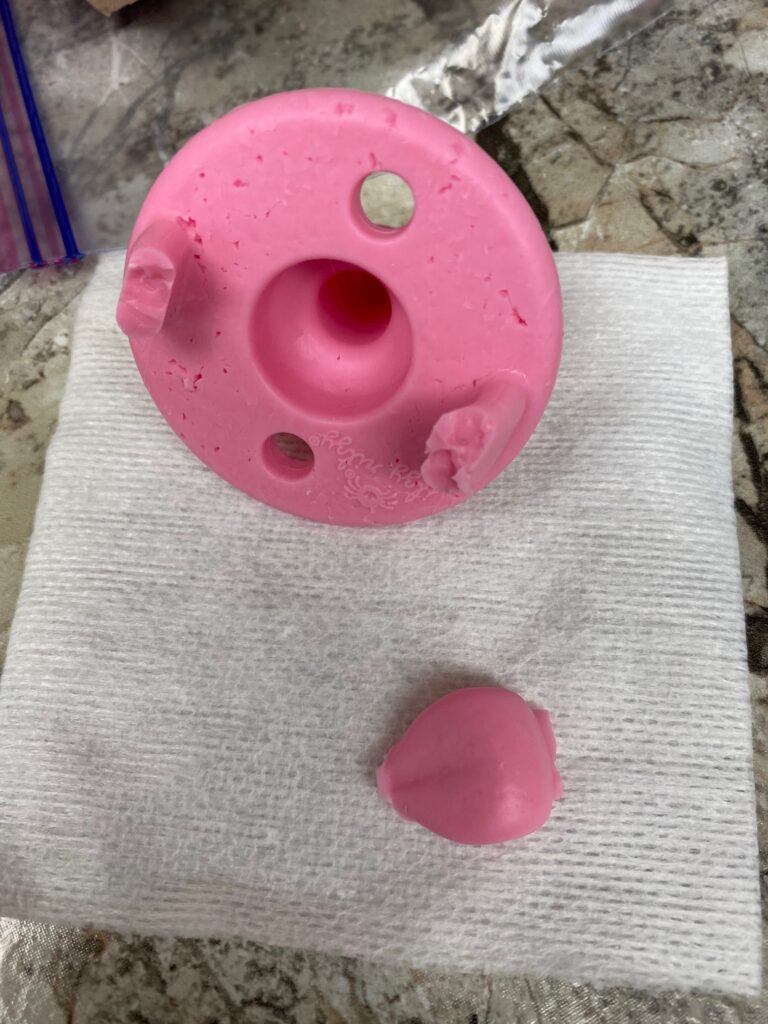
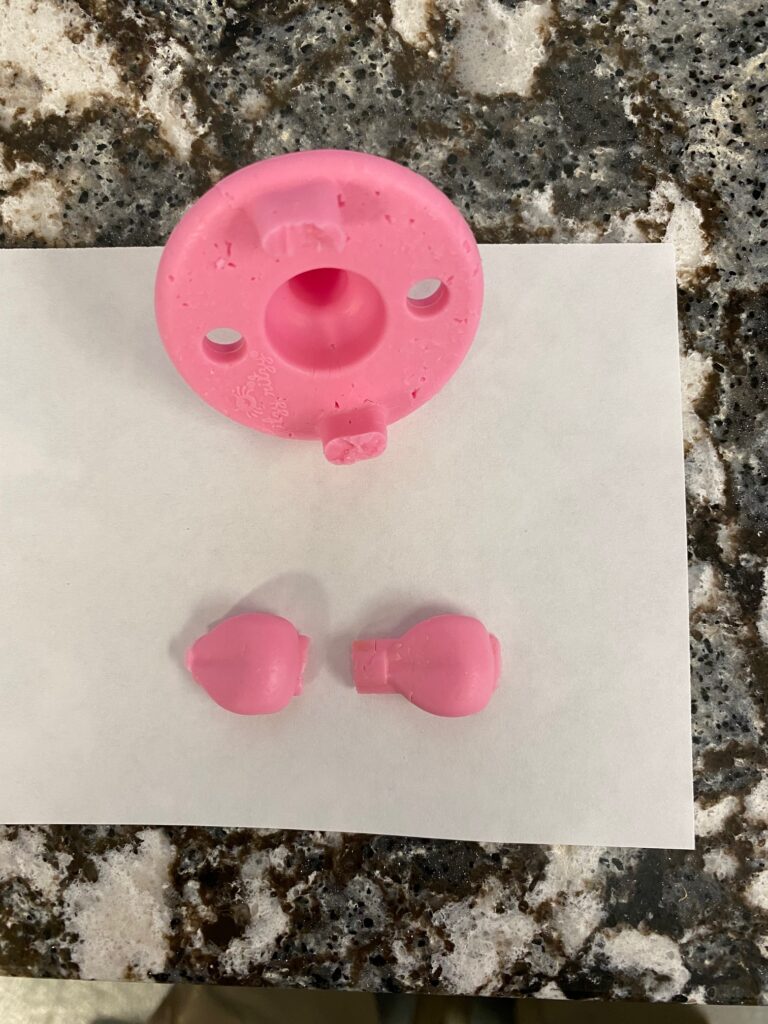
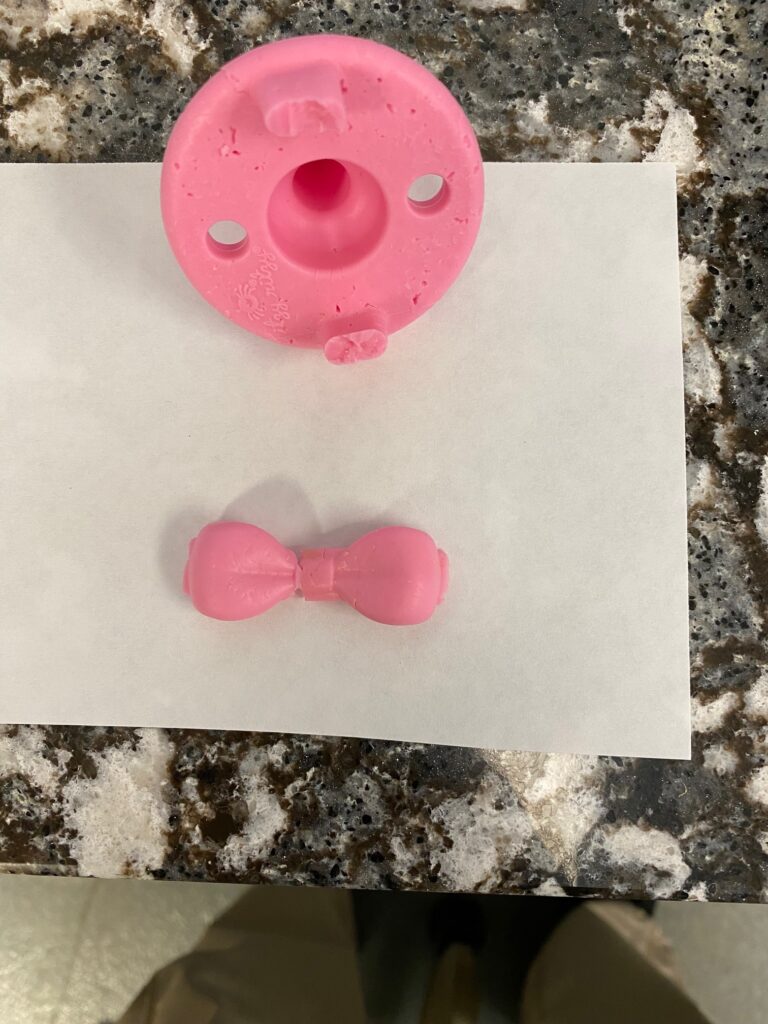
If you suspect your animal has an obstruction, it is important that they are assessed by a veterinarian right away. Your veterinarian will make a diagnosis of this based on physical examination, history, and a series of diagnostic imaging. Depending on the type of obstructions or material ingested, some animals can be conservatively managed to naturally pass the foreign body without having to forgo surgery. However, if an animal has sustained a complete blockage or conservative management has failed to relieve the obstruction, then surgery will need to be performed whether removing the foreign body via endoscope or abdominal surgery. Without surgery, animals not only will be unable to eat, but part of their intestinal tract can run the risk of necrosis or experience a perforation which can lead to peritonitis. This creates a grave prognosis for an animal’s recovery which is why foreign body obstructions need to be assessed in a timely manner.
It’s important if your dog or cat tends to have an acquired taste for string, raw hides, or whatever they can get their mouths on, you as the owner need to monitor your pet. Keep socks, work gloves, or other articles of clothing in a secured drawer and off of the ground. If your pet likes to venture outside and find trouble out there, keep an eye on them. Be wary of toys with strings or toys that your pet can easily destroy. If you notice their toy is being mutilated, then dispose of it and replace it with a newer, sturdier one. All of these tips can keep your pet from having an unexpected vet visit and possibly surgery.

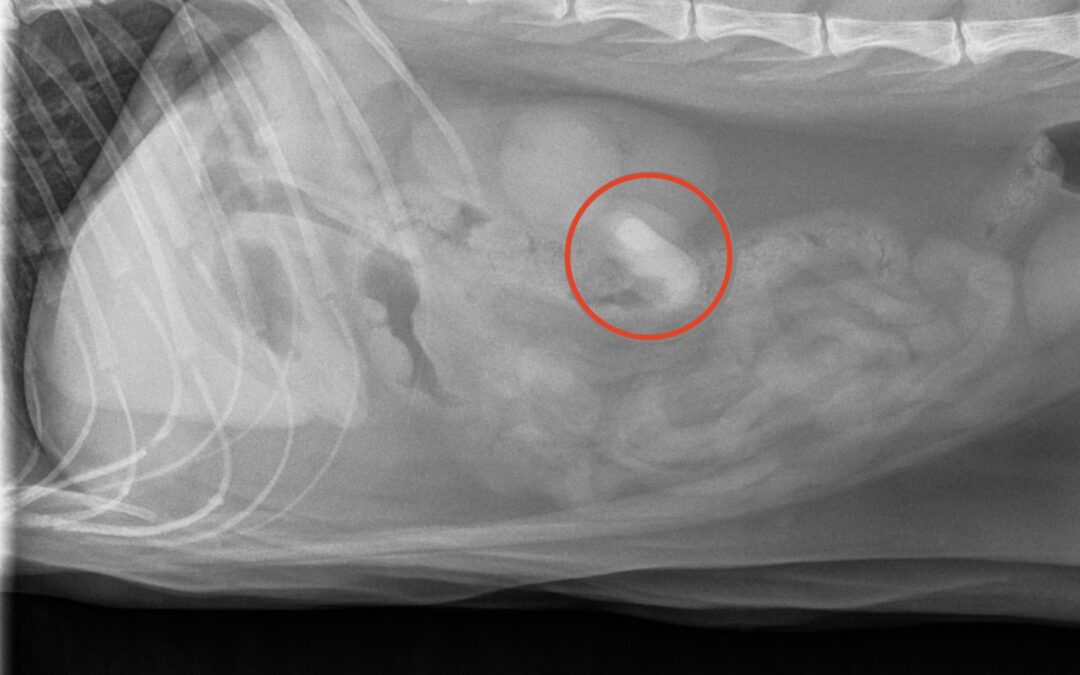
Recent Comments